Age of Extinction
Written by: Rashawn K. Merchant
What was once a distant occurrence is now upon us. The WWF released its biennial Living Planet Report, and we now know the world’s wildlife population has decreased by 70% within the past 50 years. The modern age of extinction is here. Scientists believe this rapid decrease in wildlife has closely followed the trend of altered climate and the vast growth and expansion of human infrastructure. Around the world, humans have continued to expand while increasing their presence and influence in previous spaces for animals.
The Living Planet Report is an analysis of 32,000 wildlife populations from 5,230 species used to measure the number of growth changes that have occurred. Animal populations in Latin America and the Caribbean have significantly declined. Between the two regions, the average loss has been 94%, in addition to global freshwater species seeing losses upwards of 83%. According to the WWF, the main factors in these population changes are habitat loss, climate change, and species exploitation.
During this time, human growth rates are steadily increasing. The United Nations has reported the world population is expected to reach 9.8 billion by 2050. This means we’d expect to see more environmental alterations and can anticipate rapid climate changes, with carbon emission trends expected to follow closely with growth. The best way to ensure successful cohabitation between humans and wildlife is by considering biodiversity when expanding cities.
Green infrastructure is the most effective solution to maintaining a balance between human growth and wildlife protection. The Environmental Protection Agency describes green infrastructure as a cost-effective way to manage pollution through water and soil systems by creating natural filtration methods. Green infrastructure can be integrated into communities through open park spaces, rain gardens, and soft pavement that filters out toxins that would otherwise run off into wildlife habitats. Green roofing has become popular in large cities such as New York. Green roofs cover industrial buildings with plant media that allow for rainfall infiltration and help lower cooling cost. Not only are they aesthetically pleasing, but they provide areas for birds and insects to adapt.
To avoid further biodiversity disruption, humans should consider the sustainability of our growth and the protection of vulnerable species.
Lightning Strikes Again
Written by: Rashawn K. Merchant
With fall weather comes hurricane season. New York City is no stranger and is simultaneously one of the best places to be during rain showers. The streets are quiet, and many love to put on their boots in preparation for a stroll. In recent times, however, there have been occurrences where downpours have become more detrimental than residents have seen. I’m sure many within the past decade can recall Sandy and, even more recently, Ida and Henri. These storms have become excellent reference points when discussing climate change’s effects on our weather systems.
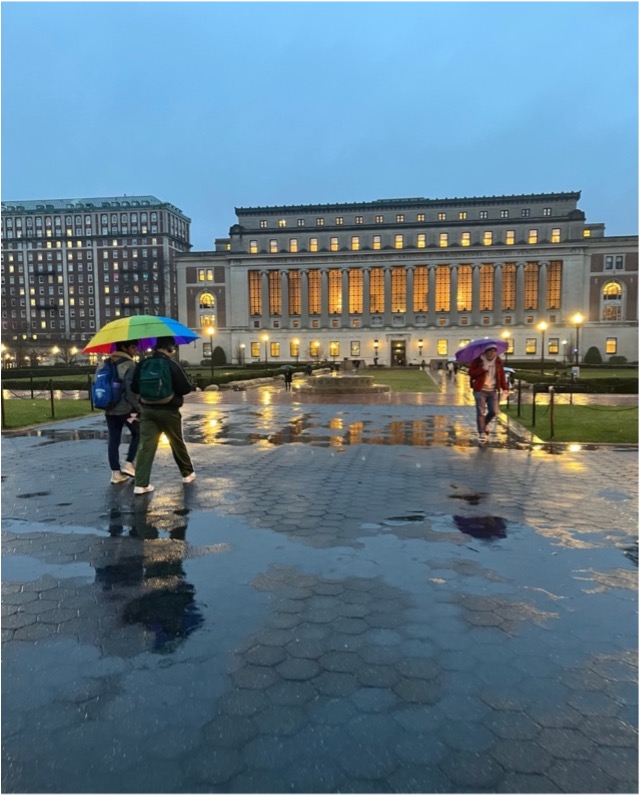
Rashawn Merchant/EarthShiners
As the planet warms, more water evaporates from land surfaces and the oceans. Alan Buis at Nasa’s Jet Propulsion Laboratory stated, “For every degree Celsius that Earth’s atmospheric temperature rises, the amount of water vapor in the atmosphere can increase by about 7%.” This problem is multiplied by what is known as the “rich get richer” effect. Downpours are more robust and can cause a more significant impact in areas where storms already usually make landfall. New York City is certainly accustomed to receiving this wealth. Unfortunately for New York, the city’s infrastructure has shown it is incapable of standing up to these stronger storm surges.
Hurricane Sandy recorded record rainfall, and the subway systems could not withstand the following damage. City residents saw subway systems turn over immediately. Because the systems were built so long ago, there were little to no design plans that accounted for the climate changes we are experiencing today. Since Sandy occurred, the city has invested billions of dollars into repairing and adding additional protections for the MTA systems, and the investments should continue beyond there. Much of the city’s washout is from stormwater not being able to seep into the ground. As scientists anticipate, more intense storms will occur, and green space investment should be a priority to reduce flooding and mitigate the damages New York faces.
Rat Attack
Written by: Rashawn K. Merchant
After a night out or even a quick ride home on the subway, a loud squeal is often followed by a furry creature running along. Living in New York, we’ve all experienced it. The New York City rat has long been a staple of the city. What was seen as a downside to living in a crowded city has become a terrorizing epidemic that every New Yorker can no longer escape. If you’re like me and tired of looking both ways to make it home, let’s figure out why this problem has gotten so bad and how we can fix it.
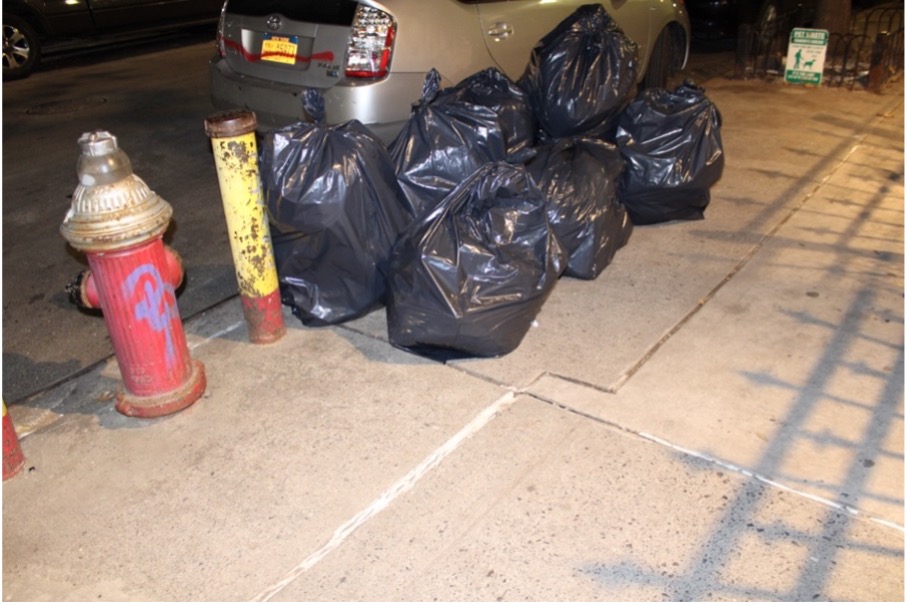
Rashawn Merchant/Earth Shiners
Rats have been in New York for as long as people have. Arriving on Norwegian ships in the 1700s, they’re known to outnumber people almost 5 to 1. Most species are territorial and have claimed various neighborhoods just as people have.
The rodents have become increasingly present as of late. It’s more common than ever to see them run in front of you as they make their way. The problem is they now have an abundance to eat. Since the pandemic, New York has experienced large swaths of trash pileups. In many neighborhoods, garbage trucks have been slower to come around, and the piles have worsened with more people moving into the city. It has come to the point where Mayor Eric Adams has designated a top position for a rat exterminator to be paid upwards of $170,000 to contribute to reducing the problem. However, the solution is fundamental and shouldn’t have to be so costly.
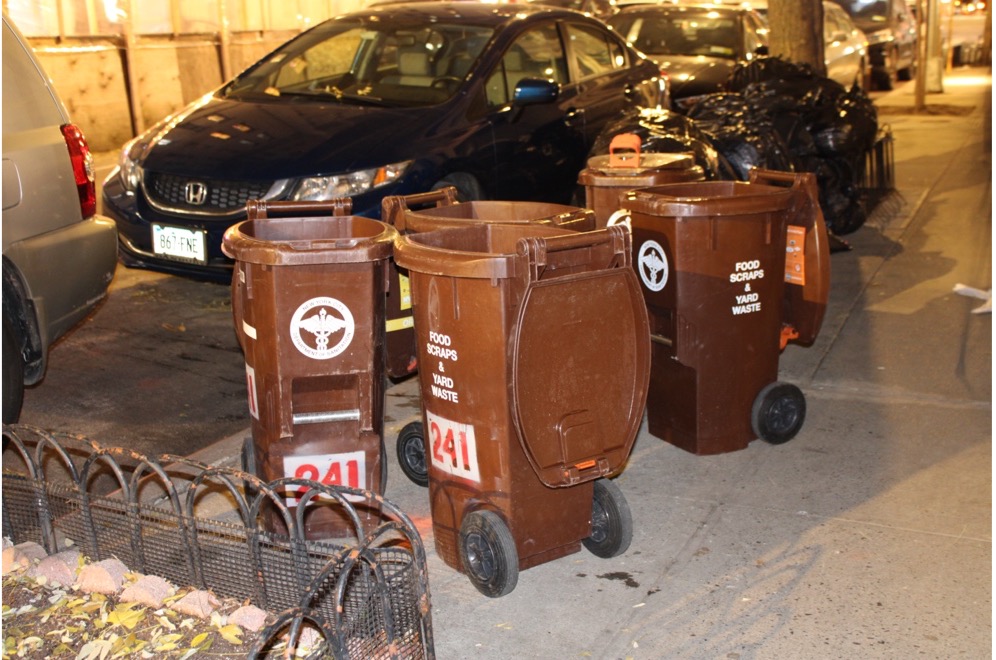
Rashawn Merchant/Earth Shiners
As citizens, we can do better at reducing our waste. Nearly 40% of all food in America gets wasted, allowing rats to live in luxury. In addition, City officials should improve trash management. Rats are most active during twilight hours, and garbage piles are left sitting through the night with little to no coverage or barrier protection given. Garbage piles often get placed near tree plots where rats have access to burrowing and nesting. The New York City Department of Sanitation should assist residents with efficient containers for storage and decrease the time limit garbage is allowed to sit along curbs. Rodent control will take effort from all members of New York, and if we act now, we can surely make our sidewalks safe again.
December 2022 Product of the Month
Kaws ‘The Promise’
Written by: Rashawn K. Merchant
To coincide with the unveiling of his sculpture in the Dadu Gardens in Qatar, Brian Donnely (better known as “Kaws”), released a new vinyl figure and poster set. This vinyl edition is known as ‘The Promise.’ It features two of Kaws’ famous mouse COMPANION designs, with one adult version passing a globe to a minor child-like version. The original sculpture is featured in the Dadu Gardens at the Qatar Children’s Museum during this year’s 2022 World Cup.
The message of this installation and vinyl set is simple. Adults are responsible for safely and responsibly passing the world on to the youth. Children are our future, and we should “promise” to deliver them a world where they can live. The vinyl toys were released on November 22nd and come in black, grey, and brown.
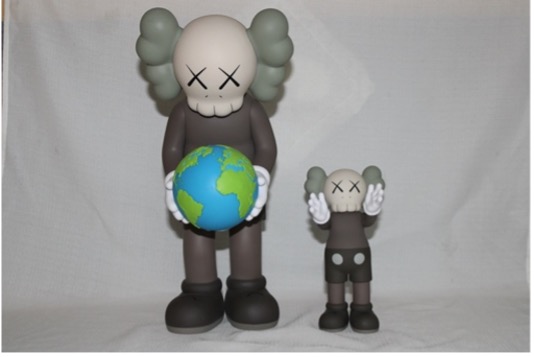
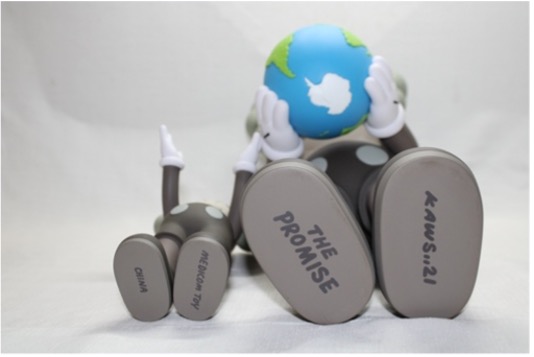
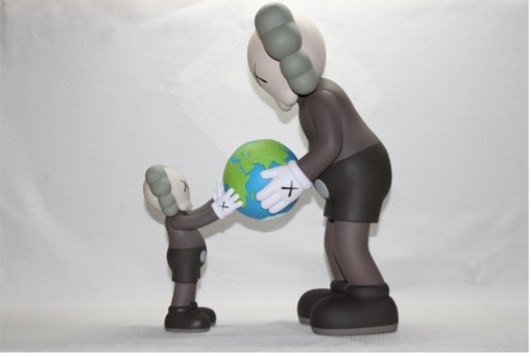
Rashawn Merchant/Earth SHiners
Thanks for reading!
Earthshiners@earthshinersmagazine.com
Copyright 2023 Earth Shiners Creative LLC
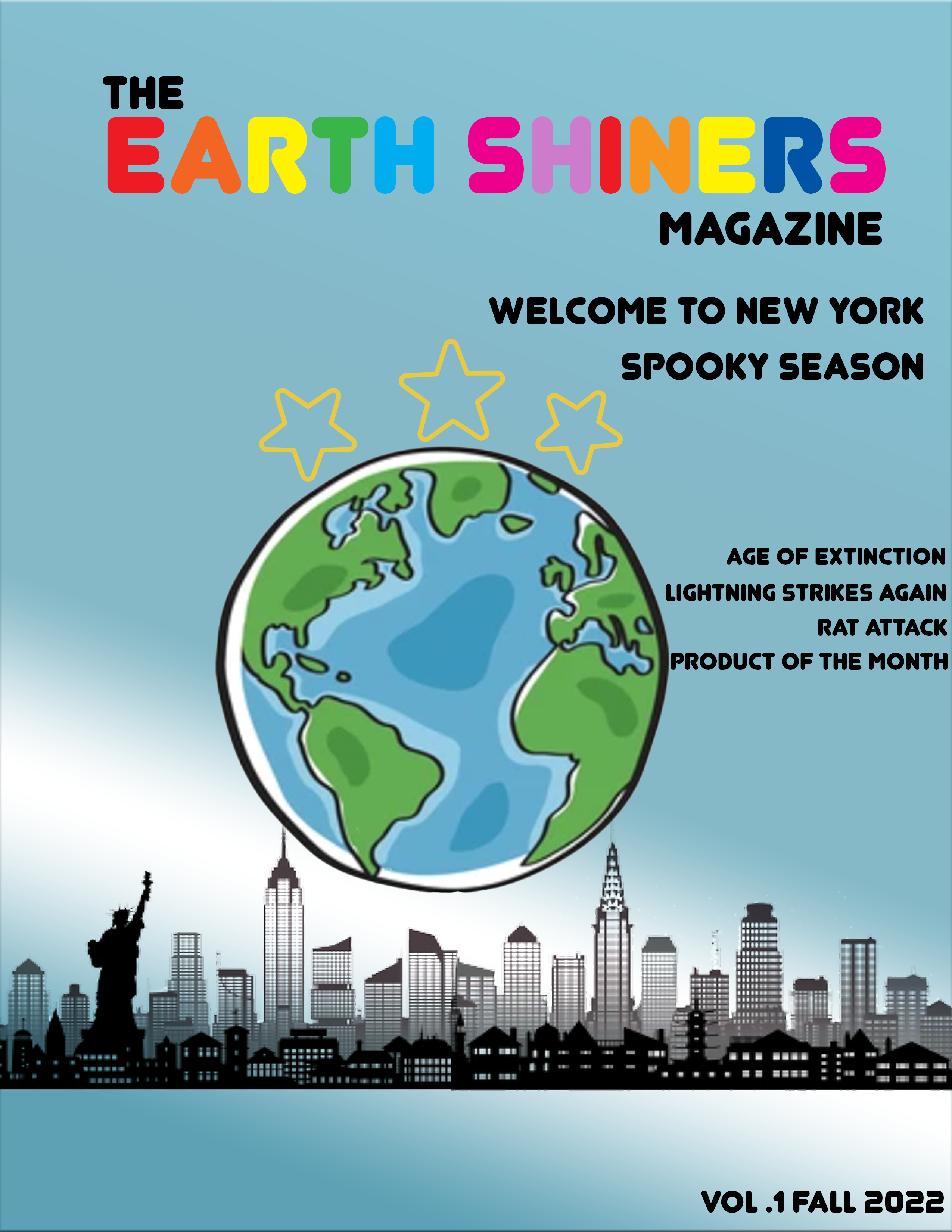
Leave a Reply